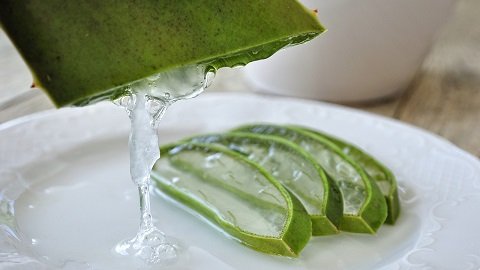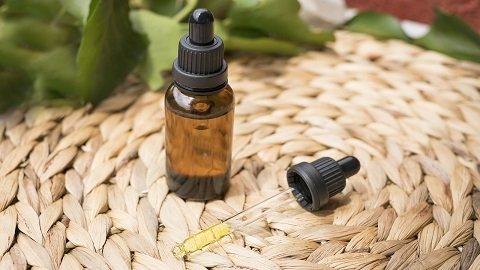Good morning everyone, today I would like to share with you my personal experience in using aloe as a phytotherapeutic remedy.

Aloe vera is a succulent perennial herb that can withstand temperatures down to 5° C. The maximum concentration of active ingredients in the leaves is obtained around August.
Toxicity is low but can cause gastrointestinal disorders.
Do not take Aloe vera supplements during pregnancy and breastfeeding, always consult a doctor before taking phytotherapeutic preparations based on this plant.
Thanks to its active ingredients, in particular anthraquinones, aloins, mannose, galactose and aloresins, aloe has a laxative, anti-inflammatory, healing, diuretic and immunostimulant action, furthermore the internal gel of the leaves is edible.
PREPARATIONS
Officinal tincture: prepared with 10 g of dried leaves, chopped, macerated for 21 days in 100 ml of 62° hydroalcoholic solution. The filtrate can be stored for 3 years, 30 drops per day for the laxative function.
Aloe gel (topical use): used for the treatment of wounds, dermatitis and burns, for its anti-inflammatory and healing functions.
Aloe gel (internal use): used during slimming diets, for its diuretic and immunostimulant functions.
NOTES
Christopher Columbus had renamed it "the doctor in a vase", he always carried a plant during his sea voyages.
Buongiorno a tutti, oggi vorrei condividere con voi la mia esperienza personale nell'utilizzo dell'aloe come rimedio fitoterapico.

Foto di Erin Stone da Pixabay
L'aloe vera è una erbacea perenne succulenta che resiste a temperature fino a 5° C. La massima concentazione di principi attivi nelle foglie si ottiene verso il mese di agosto.
La tossicità è bassa ma può causare disturbi gastrointestinali.
Non assumere integratori di Aloe vera in gravidanza e allattamento, consultare sempre un medico prima di assumere preparati fitoterapici a base di questa pianta.
Grazie ai suoi principi attivi, in particolare antrachinoni, aloine, mannosio, galattosio e aloresine l'aloe svolge azione lassativa, antinfiammatoria, cicatrizzante, diuretica e immunostimolante, inoltre il gel interno delle foglie è commestibile.
PREPARAZIONI
Tintura officinale: preparata con 10 g di foglie essiccate, tritate, fatte macerare per 21 giorni in 100 ml di soluzione idroalcolica 62°. La conservazione del filtrato è pari a 3 anni, 30 gocce al giorno per la funzione lassativa.
Gel di aloe (uso topico): utilizzato per il trattamento di ferite, dermatiti e ustioni, per le funzioni antinfiammatorie e cicatrizzanti.
Gel di aloe (uso interno): utilizzato durante le diete dimagranti, per le funzioni diuretiche e immunostimolanti.
NOTE
Cristoforo Colombo l'aveva rinominata "il medico in vaso", ne portava sempre una pianta durante i suoi viaggi in mare.
Sources - Fonti :
https://erbeofficinali.org/dati/q_scheda_res.php?nv_erba=ALOE
https://www.lerboristeria.com/erbario/aloe.php
Molto bene, ne abbiamo tante in giardino!
!discovery 40
Congratulations @ghilvar! You have completed the following achievement on the Hive blockchain And have been rewarded with New badge(s)
Your next target is to reach 7000 upvotes.
You can view your badges on your board and compare yourself to others in the Ranking
If you no longer want to receive notifications, reply to this comment with the word
STOPCheck out our last posts:
This post was shared and voted inside the discord by the curators team of discovery-it
Join our Community and follow our Curation Trail
Discovery-it is also a Witness, vote for us here
Delegate to us for passive income. Check our 80% fee-back Program